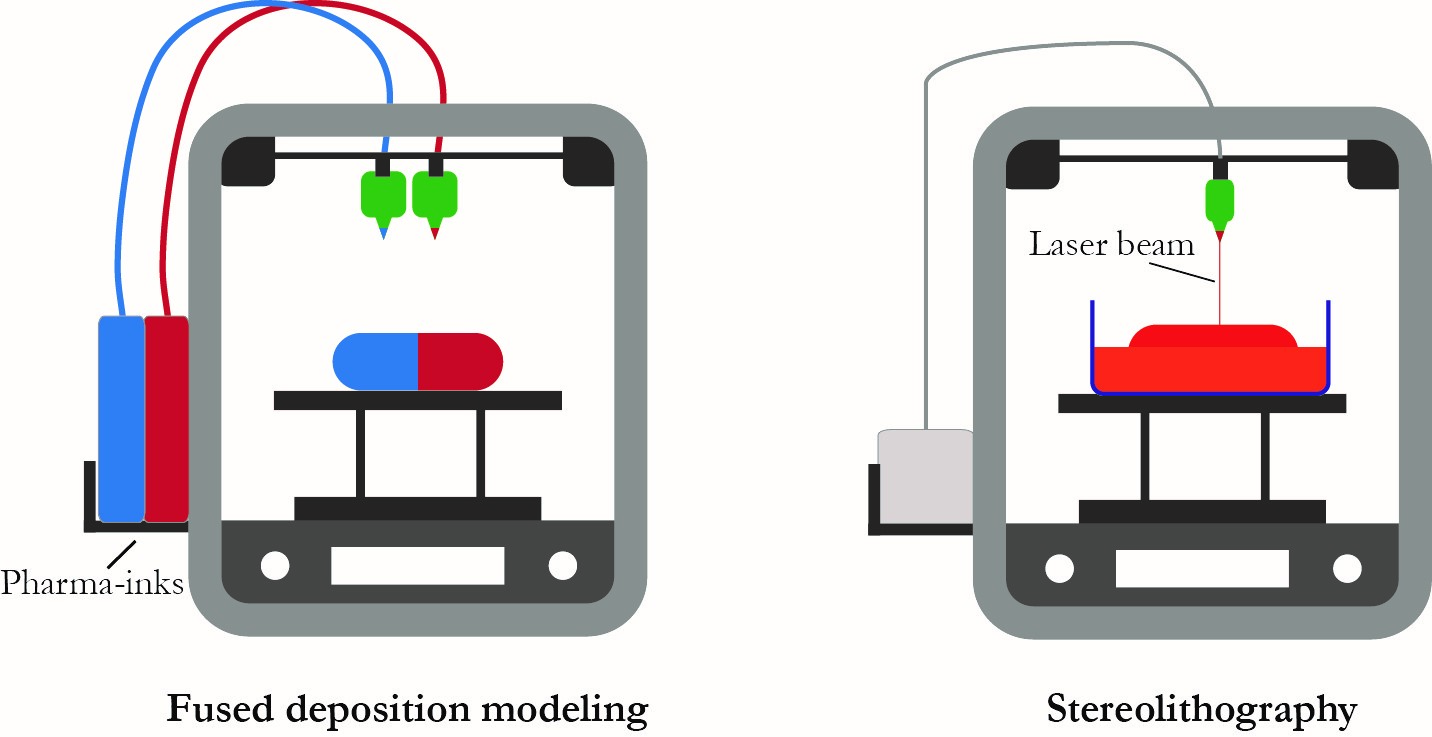3D printing of pharmaceutical implants
Three-dimensional (3D) printing, also called additive manufacturing, is one of the fastest growing discipline worldwide and bears the credentials to revolutionize our daily lives in many aspects. In 3D printing, computer-aided design and computer-assisted manufacturing are combined to construct complex 3D objects without the use of molds, offering a high degree of flexibility in the structural design. Specifically in the pharmaceutical sciences, there is a unique opportunity for innovation since most of the advances so far made are limited to simple oral dosage forms (i.e. tablets).
The aim of this work is to develop 3D printing as a leading-edge technological platform to manufacture innovative drug-eluting devices with precise spatial compositions, controllable drug release patterns and most importantly, with unprecedented customizability. The possibility to readily 3D print drug-eluting devices represents a remarkable step towards personalized medicine as it will allow to select the drug used, the dose loaded and the release kinetics, as well as tailor the size and geometry of the device to completely accommodate the anatomic features and medical needs of patients. In this project, we aim at generating a library of printable “pharmaceutical inks”, a comprehensive database of their properties, and the procedures that can be used to 3D print and characterize drug-delivering devices. Different 3D printing technologies, such as fused deposition modeling and stereolithography, are concomitantly investigated in our group.
